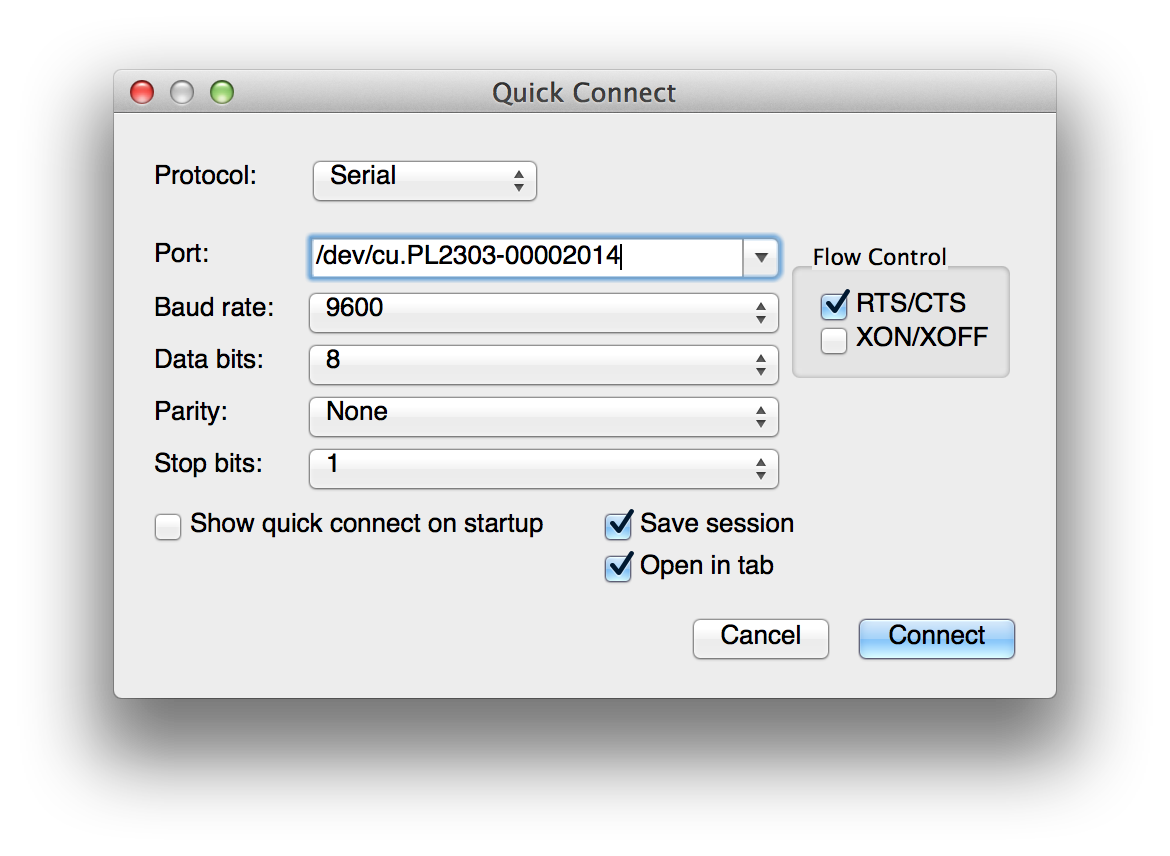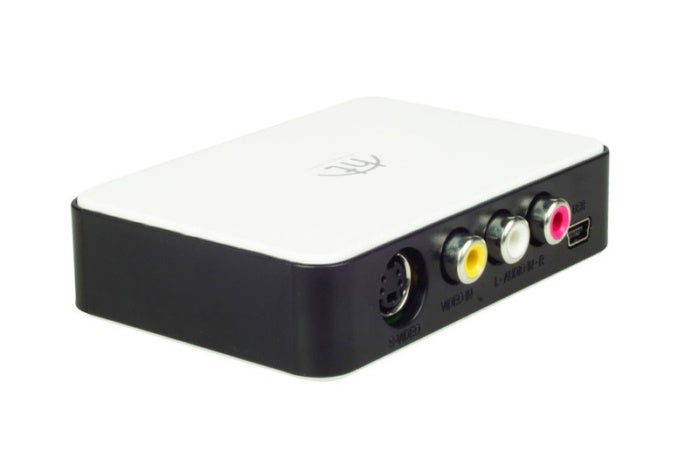How To Enable Usb Port In Mac Os X

USB is the most convenient device used for transferring your files from one device to another. USB ports on Mac usually work smoothly but sometimes an error can be seen there as well. It is an amazing and flawless machine that is way better than a simple computer but it’s a machine at the end. So, the machine may always have issues. Here we have some important solutions for the Mac users to follows if they find their USB ports stop working.
- Check the Connection
First, you need to make sure where the problem is. There can be a connection issue when USB itself fails to connect the Mac. We need to start from the basics to make sure your USB works fine. The simplest way to find out whether the USB port is working or not, connect some other USB to the Mac. If that USB device works then your problem isn’t Mac, it’s your USB which causing troubles.
Devonthink 3 pro. The simplest way to find out whether the USB port is working or not, connect some other USB to the Mac. If that USB device works then your problem isn’t Mac, it’s your USB which causing troubles. You should also check if there is any kind of dust in the ports of Mac. If dust is there, you can use a soft cloth to make it clean. How to open a specific port in OS X firewall It is possible to open a specific port in OS X, although you'll need to jump into Terminal. In OS X 10.10 you use the pfctl command (use man for.
You should also check if there is any kind of dust in the ports of Mac. If dust is there, you can use a soft cloth to make it clean. It’s quiet helping.
- Check if other Ports are Working Properly
Sometimes, the problem can be there only in one port of the system. You can try other ports of the Mac to check if they are working properly or not. If they are working that means it is a single port that has any sort of problems. On the other hand, you can check your USB device on other Mac systems to clarify whether it is Okay or not. You can use a keyboard and mouse to check the port. There can be a manufacturing defect in one port of the system, so you can use other port and repair the faulty one later.
There is another thing that you can do and that is help through device manager.
- Open device manager.
- Now scan for the hardware changes in Mac.
- Disable the USB controller there.
- Enable it again and turn your Mac OFF for a few seconds.
- Turn it back ON and see if your ports start working again or not.
This can work in your case. This solution is suggested by many Mac users, so you should try this one.
- System Restart
You don’t even know how many bugs you can solve by just restarting your system. It is the easiest thing to do. When you restart your Mac, it clears the memory and hep better after restarting. Follow these steps to restart your Mac.
- Go to the menu at the top left corner of the screen.
- Click restart and after that, your Mac asks you to confirm.
- Click confirm button and let the system do its work.

After restarting, try to connect your USB and see what happens. It solves most of the Mac problems. If it doesn’t work, follow next solutions.
- Reset SMC
Updating or resting SMC (System Management Controller) is a pretty good option to try. It is straightforward and the easiest thing to do.
- First, shut down your Mac and wait for half a minute.
- Press Shift + Ctrl + Option Keys and power button.
- Hold these buttons for few seconds.
- After a few seconds, the light on the power adapter blinks or changes color.
- It indicates that your system is resting SMC.
- Now you can release all the keys including the power button.
- Wait again for few seconds and turn your Mac back ON.
Hopefully, this solution can work as many of the users having Mac tried this thing to resolve port issues and they succeeded. You can try this solution manual for your case. It does not only resolve USB port issues, but it can also help you in solving other issues like gaming card issues etc. Don’t try this again and again, if you don’t get your required results then you better leave it.
- Reset or NVRAM/PRAM
Resting PRAM/NVRAM can resolve the issue as USB ports contain different data like data related to the mouse, keyboard and trackpad. Photoshop free download full version for macbook air. So, ports can behave confusingly as well. Here’s how you can reset NVRAM on Mac.
- First, restart your Mac.
- Immediately hold down Command + OPTION + Alt + P + R together.
- Keep holding the keys until you see the screen flash. It doesn’t take long to appear.
- Let your Mac boot as usual and wait.
- Now try to connect your USB again.
If it works, that is good for us. If it doesn’t, don’t repeat the process again and again. It can harm your Mac if you’re not an expert.
- Update your Mac
Updating your Mac is another useful way to get things working properly. It is a reasonably good idea to sort things out. Updating Mac isn’t a difficult process. Follow these steps
- First, go to App Store on your Mac.
- Install any updates available there. After updating, it will restart. Wait, and try now if this works.
This can surely work. So, updating your Mac doesn’t harm your Mac. It can help you in having more features as well.

The above-mentioned solutions are suggested by many trusted users of Mac. They tried these to overcome USB port issues. So, you can try them step by step and check. Hopefully, these can work in almost 90 % cases. If any of these solutions don’t work at all then your Mac is up for something else. You need to consult the developers or experts for resolving your issue. Good Luck and be safe always!


